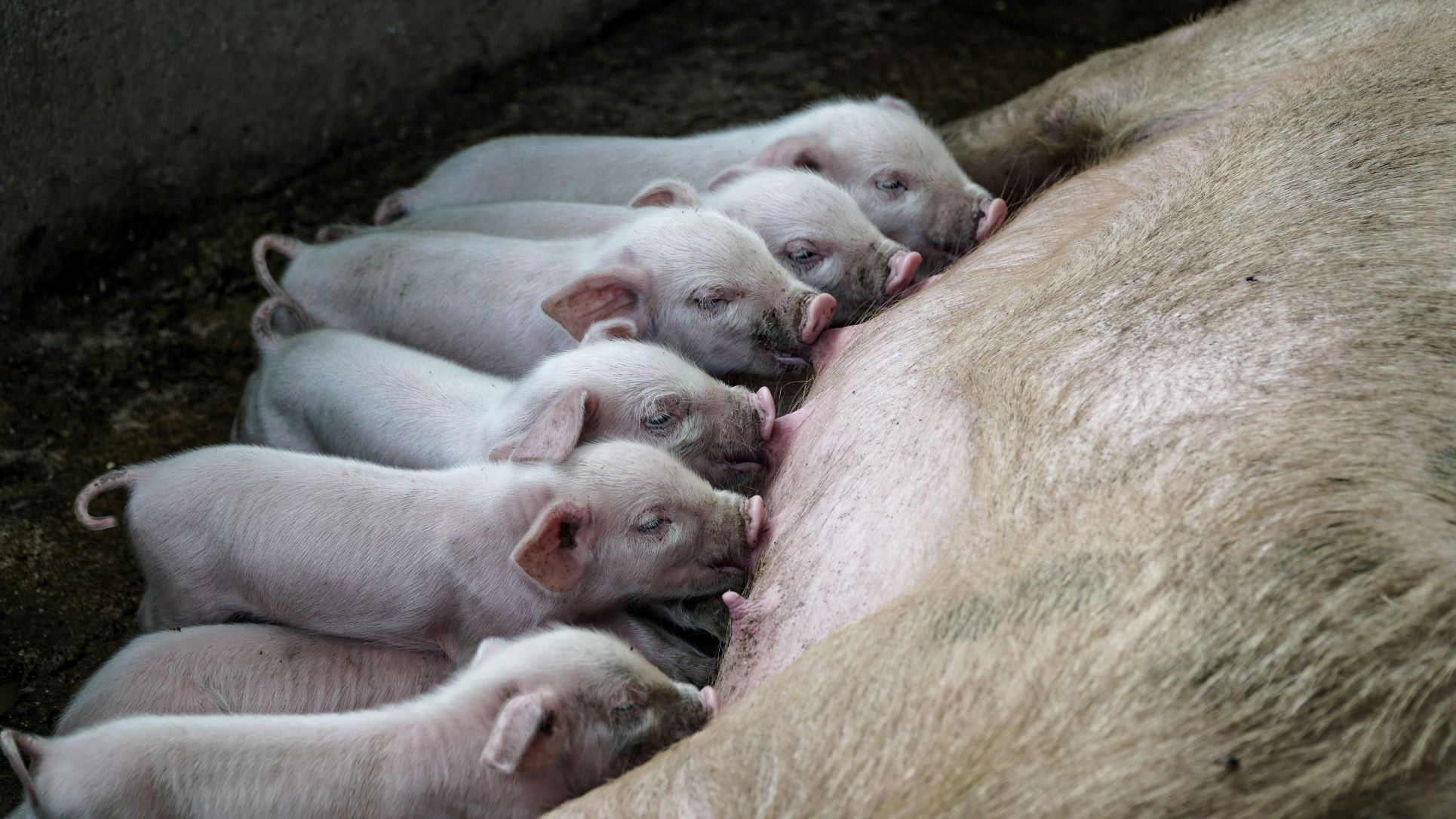
How China’s food demand will shape our future
At close to 1.5 billion people, China is the world’s most populous nation, as well as a major and growing economy, with important environmental implications. A new study shows that without sustainable policy interventions, China’s rapidly increasing food demand, especially for animal products, will lead to significant climate emissions and habitat loss.

The paper, published in Nature Sustainability, states,
“Satisfying China’s food demand without harming the environment is one of the greatest sustainability challenges for the coming decades.”
The environmental cost of food
Agriculture, especially livestock rearing, is a primary driver of climate change, biodiversity loss, as well as water shortage and pollution. Many recent authoritative reports have pointed out the urgent need to transform our destructive food systems, including a global shift to more plant-heavy diets. This is especially important in light of continuing human population growth. A major 2019 study by the EAT-Lancet Commission highlighted how feeding the world sustainably would become ever more difficult and eventually impossible with ever more people.
Despite growing adoption of vegetarianism and veganism in many parts of the world, the demand for meat and dairy is rapidly increasing as our population expands and people become wealthier. In Asia alone, meat and seafood consumption is expected to rise by 78% by 2050. African nations still have the lowest per person meat consumption in the world, but with the continent’s population expected to almost double by mid-century, and as more Africans (hopefully) escape poverty, Africa’s demand for animal products is yet to begin its surge, which makes it all the more important for the biggest meat-eaters (including North America and Europe) to drastically cut back.
Fortunately, China’s population growth rate has now reached a 60-year low and is expected to stop growing by 2030, at which point India will overtake China as the world’s most populous country.
But food and especially meat consumption per person in China is much higher and growing faster than in India. Chinese diets are particularly heavy in pork which requires a lot of imported grain. According to the study, China’s soybean imports already account for more than a third of the global soybean trade, and are projected to account for close to half by 2050. A previous study found that 43% of 2017 deforestation emissions from soybean cultivation in Brazil can be attributed to imports into China.
China’s growing appetite
The authors looked at a business-as-usual scenario which follows recent trends in consumption and technological developments to determine the impact of China’s increasing food demand on land use and greenhouse gas emissions. They also examined two other scenarios, with slower and faster economic development, respectively.
The findings show that China’s total food demand will likely increase by 16-30% by 2050, with the per person demand for animal products increasing three times as fast as that for plant-based calories. The demand for ruminant meat and dairy products is projected to almost double by 2050. Pork and poultry dominate the demand for animal products but are expected to level off and begin declining again after 2040 because of saturated appetites and China’s projected population decrease. Demand for pork and poultry will likely still be significantly higher by mid-century than today, however.

The authors estimate that meeting this demand will require up to 12 Mha (12,000 km2) of additional agricultural land within China and up to 175 Mha (175,000 km2) outside of China based on projected reliance on imports. Further conversion of land to agriculture is incompatible with the goal of ending biodiversity loss and would result in up to 16% growth in domestic agricultural emissions and up to 226 MtCO2-equivalent imported emissions per year. Together, these food-related impacts account for the biggest share of China’s global environmental footprint.
The authors point out the need for domestic policies that would make food production more sustainable, including a shift to less meat-intensive diets and better farming practices. They also call for the development of more sustainable international trade, prioritising less emission-intensive deals.
The neglected population and diet factors
While meeting China’s food demand sustainably will indeed be challenging, this would become impossible if its population were not headed for contraction. We would also be in much worse trouble if rapidly growing India were not predominantly vegetarian. The impact of demographics and diets on global challenges is critical yet often overlooked – for example, all recent pandemics, including COVID-19, are rooted in the exploitation of animals and unsustainable human population dynamics.
The global trend towards smaller family size makes all challenges more surmountable, yet it is not happening fast enough, and absurdly, continues to be fought by politicians around the world intent on boosting economic growth. Some governments (including China) are increasingly resorting to harmful reproductive rights restrictions as part of attempts to increase birth rates – a dangerous development that must be stopped for the sake of people and planet.


